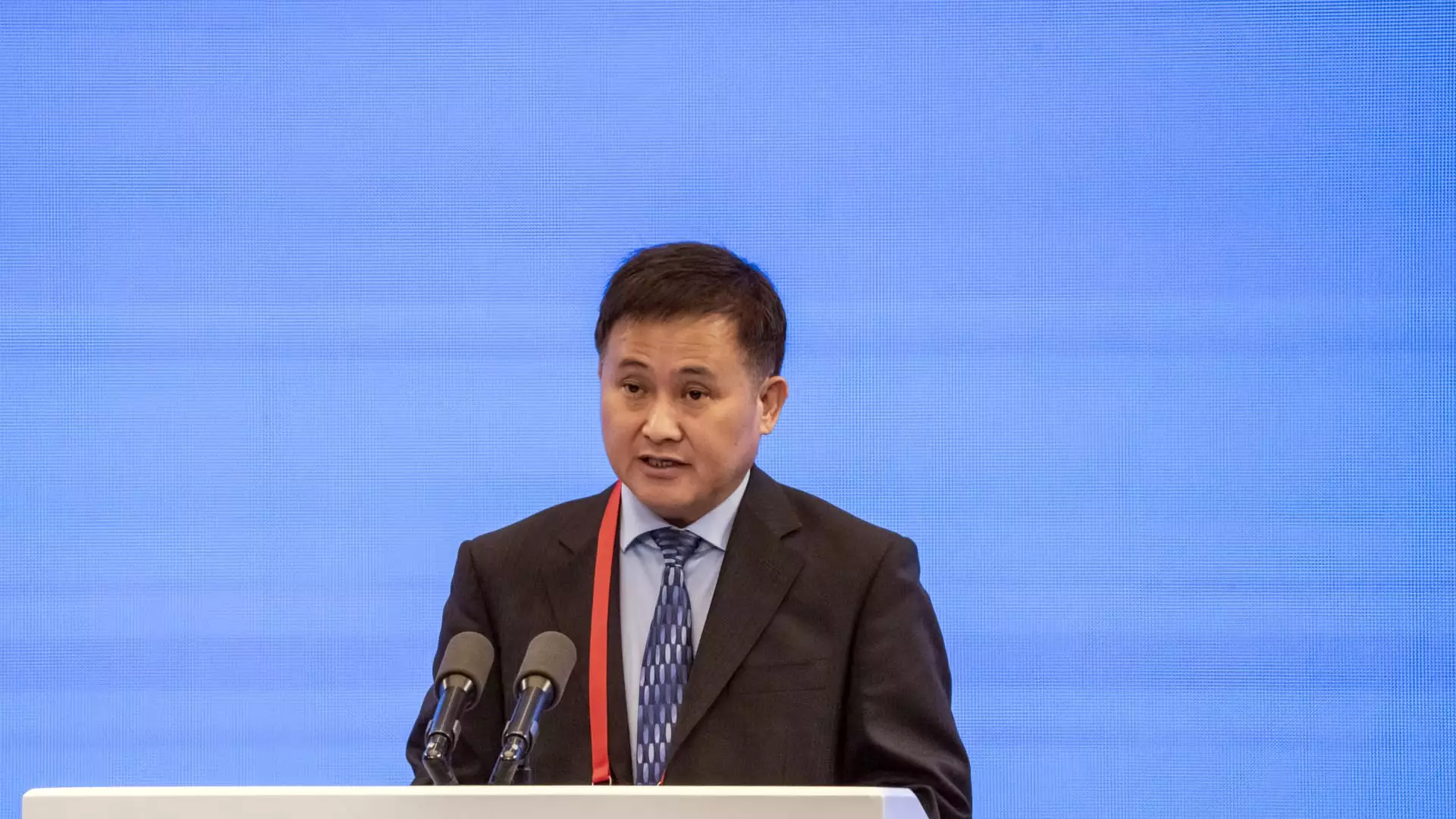China’s financial risks, including those stemming from local government debt, have reportedly decreased. People’s Bank of China Governor Pan Gongsheng emphasized this in recent state media interviews. He expressed confidence that the central bank, in partnership with the Ministry of Finance, will help China achieve its growth targets for the year. Pan also affirmed that monetary policy will remain supportive to facilitate this goal.
An area of focus in addressing financial risks has been the real estate sector. This sector has close ties to local government finances, making it a critical component of China’s economic landscape. International institutions have consistently urged China to address its mounting debt levels, particularly within the real estate realm. Efforts to manage these risks have been evident in recent months.
Local government financing vehicles (LGFVs) have played a significant role in enabling local authorities to fund infrastructure and other projects. However, the financing obtained through LGFVs has often come from shadow banking sources, lacking proper regulatory oversight. This has led to indiscriminate funding of projects with limited financial returns, increasing the debt burden on LGFVs. While efforts have been made to reduce associated risks, challenges persist.
China’s economic growth has slowed, with a 5% increase in the first half of the year raising concerns about reaching the targeted full-year growth rate. Analysts have highlighted the need for additional stimulus to sustain growth. The International Monetary Fund has emphasized the importance of macroeconomic policy supporting domestic demand to mitigate debt risks amid slowing growth.
The IMF’s assessment points to small and medium-sized commercial and rural banks as potential weak links in China’s extensive banking system. These banks constitute a significant portion of total banking assets in the country. While progress has been made in addressing high-risk banks, challenges remain. Pan acknowledged the need for continued vigilance in managing risks within the banking sector.
In recent years, China has sought to transition away from real estate-reliant growth towards advanced technology and manufacturing sectors. This shift aligns with broader economic goals aimed at promoting sustainable and diversified growth. Policies aimed at facilitating affordable housing and rental units demonstrate efforts to address social and economic concerns.
Recent decisions by the People’s Bank of China, including a capital injection via a reverse repurchase agreement, reflect ongoing adjustments in monetary policy. The central bank’s efforts to revamp its policy structure demonstrate a proactive approach to managing economic challenges. These adjustments are crucial in navigating the evolving financial landscape in China.
Overall, China’s financial risks are undergoing a transformation, with efforts to address debt levels and sustain growth becoming increasingly prominent. While progress has been made in certain areas, challenges persist, necessitating continued vigilance and strategic policy adjustments. The changing landscape of China’s financial risks presents a complex and evolving scenario that will require coordinated efforts from various stakeholders to navigate successfully.

